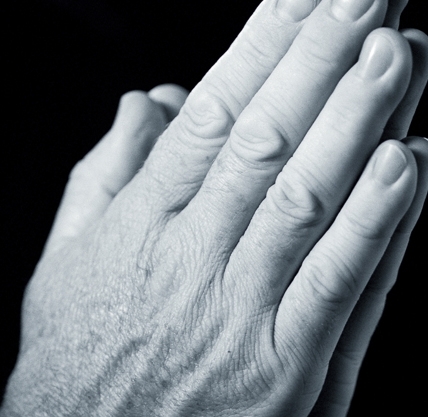
I am a caregiver for a person with brain injury who gets consolation in dealing with their pain through prayer. I realize this is how he copes and I want to supportive, but lately when he’s eating, the only way he will swallow his food is if I list the names of people he loves and who love him.
I have tried explaining that God loves him and the people he cares for. Sometimes he stalls for a long time going through all these names and explanations with barely a bite of food. One time I didn’t say the list and he kept the food in his mouth for almost 40 minutes. I won’t do that again, but it’s getting out of hand. I know this is a condition related to perseverance but I don’t know what to do to break this. I would appreciate any solutions you may have.
Perseveration is a common symptom after a traumatic brain injury — it is manifested by an individual repeating the same thing over and over such as a question or a behavior. Perseveration is often related to damage to the frontal lobes.
What you describe, however, appears to go beyond perseveration. The person you describe seems to be engaging in more ritualistic behavior, often associated with anxiety and the need to exert control over his environment. It is common after acquiring a disability for people to feel they no longer have control over many aspects of their lives. This leaves them feeling anxious, since what happens to them and around them are dependent on the whims of somebody else. As the anxiety becomes more overwhelming, they find a specific behavior that they come to believe will stop things from spinning out of control. It’s like they have found one little corner of the world they can control. Additionally, it sounds like the behavior is becoming more involved and complex over time.
I would recommend consulting a mental health professional who has some experience working with people with brain injuries. This individual may benefit from medication to reduce anxiety, cognitive-behavioral therapy, or some combination of the two.
About the author: Celeste Campbell, PsyD
Dr. Celeste Campbell is a neuropsychologist in the Polytrauma Program at the Washington, DC Veterans Administration Medical Center. She has a long history of providing cognitive psychotherapy and developing residential behavioral management programs for children and adults.

